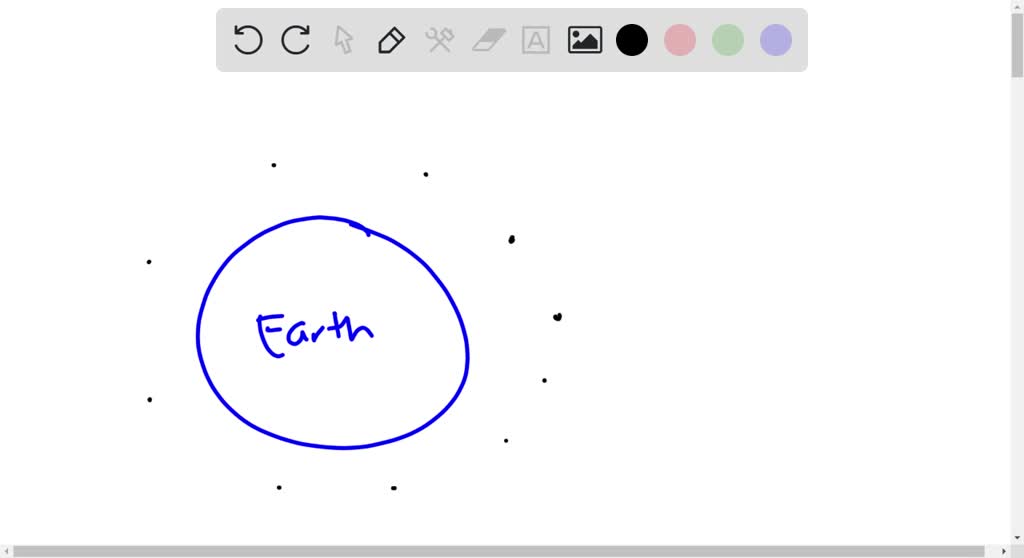Have you ever wondered about the invisible forces that hold us to the ground? Gravity, the fundamental force that shapes our universe, is a constant companion, yet we can’t see it. But what if we could visualize this force, its reach, and its influence on everything around us? That’s where the concept of gravitational field lines comes in. These lines, imagined pathways tracing the force of gravity, offer a fascinating window into the workings of this mysterious force.
.PNG)
Image: www.sliderbase.com
Understanding gravitational field lines requires a little journey into the realm of physics. They’re not physical lines etched in space; they’re a visual representation of the direction and strength of the gravitational pull exerted by an object. Think of it like a map of the gravitational influence around a planet, charting how objects would be pulled towards its center.
The Physics of Gravitational Field Lines
To grasp the concept of gravitational field lines, we need to understand the basics of gravity. Newton’s Law of Universal Gravitation tells us that every object in the universe attracts every other object with a force directly proportional to their masses and inversely proportional to the square of the distance between them. The larger the mass of an object, the stronger its gravitational pull. The farther apart two objects are, the weaker the gravitational force between them.
Imagine drawing a line from an object to a point in space. This line represents the direction of the gravitational force at that point. Now, picture a bunch of these lines radiating outwards from the object, like spokes on a wheel. This collection of lines, tracing the direction of gravitational force at every point, is called a gravitational field.
Representing the Gravitational Field of Earth
To depict the gravitational field lines around Earth, artists, scientists, and educators have utilized various methods. But the most commonly used and representative diagrams often share certain characteristics:
- Origin: The lines always emanate from the center of Earth, the source of its gravitational pull.
- Direction: Lines always point towards Earth’s center, indicating the direction of the gravitational force.
- Density: The closer the lines are to each other, the stronger the gravitational force. Farther away from Earth, the lines spread out, signifying a weaker gravitational pull.
- Continuity: The lines are usually depicted as continuous lines, implying the gravitational force extends infinitely in space, albeit diminishing with distance.
Common Types of Diagrams
Several different diagram styles are employed to represent Earth’s gravitational field lines. Let’s examine a few prominent examples:

Image: www.numerade.com
1. Radial Lines Diagram
This is the most basic and widely used representation. It depicts straight lines emanating from Earth’s center, radiating outwards like spokes of a wheel. Each line represents the path an object would take under the influence of Earth’s gravity. The lines are closer together near Earth, indicating a stronger pull, and spread out as they extend further into space, implying a weaker force.
2. Curved Lines Diagram
Another common style uses curved lines to depict the gravitational field. This method offers a more realistic visual representation. The lines are not perfectly straight but instead curve slightly as they extend outwards. This curvature reflects the fact that gravitational force decreases with distance, causing a slight deviation from a perfectly straight path.
3. 3D Representation
For a more comprehensive understanding, 3D models are often employed. These representations simulate the gravitational field in three dimensions, allowing viewers to see how the lines intersect and diverge in space. This provides a more immersive visual experience and helps grasp the complex nature of gravity in a three-dimensional world.
Choosing the Best Diagram: Context is Key
The “best” diagram depends entirely on the specific purpose and audience. For a basic understanding of Earth’s gravitational field, a simple radial lines diagram suffices. If you’re aiming for a visually more realistic representation, a curved lines diagram might be more appropriate. And for advanced visualization, a 3D model offers the most comprehensive and immersive experience.
Consider the intended audience: for a young audience, a simple and bold diagram might be ideal. For scientific presentations, a detailed and accurate diagram, possibly with additional annotations, could be more suitable.
Importance of Understanding Gravitational Field Lines
Understanding gravitational field lines extends beyond mere visualization. They serve as a valuable tool for:
- Predicting Satellite Orbits: Gravitational field lines help scientists predict how satellites will move around Earth based on the pull of gravity.
- Designing Spacecraft Trajectories: Field lines guide the design of trajectories for spacecraft, helping them navigate through the gravitational field of planets and other celestial bodies.
- Exploring Black Holes: Gravitational field lines are crucial for understanding the extreme gravity around black holes, a fascinating area of research in astrophysics.
In short, gravitational field lines are not just artistic representations but essential tools for comprehending and predicting the behavior of objects under the influence of gravity, a force that shapes our universe.
Which Diagram Best Represents The Gravitational Field Lines Surrounding Earth
A Visual Journey into Gravity
The next time you look up at the night sky, remember the invisible force that holds everything together. Gravitational field lines may be an abstract concept, but they help us visualize the intricate workings of gravity, a force that shapes our universe and guides our understanding of the cosmos.






